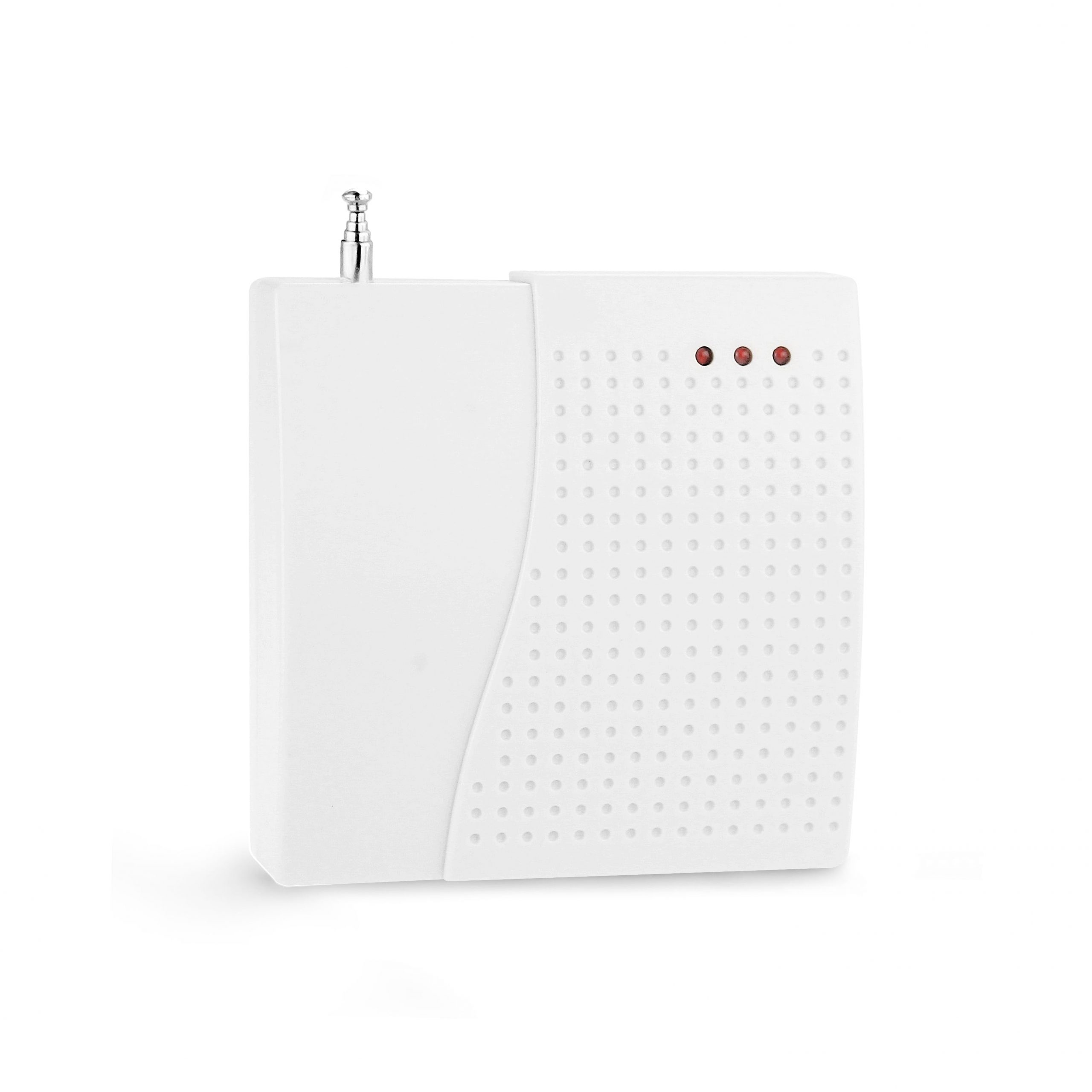

My speed tests also give me a good look at latency, or ping, which tells you the time in milliseconds that it takes your router to send a signal and receive a response from a given server. Similarly, if a router offers additional features that can impact performance, like a gaming mode, for instance, I'll turn that feature on and run more tests to see how the numbers compare.

#Test wireless signal series
If possible, I'll turn band-steering off and run another series of tests on both the 2.4 and 5GHz bands to get a good look at how each one holds up on its own. Most routers these days will offer a band-steering feature that combines the 2.4GHz and 5GHz bands into a single network and automatically "steers" your connection between the two of them as needed (2.4GHz offers better range 5GHz offers faster speeds). Ry Crist/CNET Other considerationsĮven with those whole-home averages secured, my testing typically isn't done there. My speed tests also give me a good look at latency, and a good opportunity to draw up some radar graphs, and honestly, who can say no to that. The result: a clear, controlled look at how the router's speeds are holding up across my entire home. I also make sure to stagger these rounds of tests across multiple days, so that my averages draw from more than just a single 24-hour span. I go through this whole process three times - a set of front-to-back and back-to-front tests during the morning hours, another set of tests during the afternoon, and a final set of tests in the evening. Running half of my tests with a front-to-back connection and the other half with a back-to-front connection gives me the best, most accurate look at a given router's real-world speeds - and it often helps me identify finicky routers that struggle to perform as well at range. Some routers will struggle to recognize when a distant device has moved closer and adapt the connection accordingly. Why do it like that? Your distance from the router when you connect will often make a significant impact on the quality of your connection, especially with routers that juggle your connection between the 2.4 and 5GHz bands, or between multiple satellite mesh devices.

Then, I run the same battery of tests, but in reverse - I start in the back of the house and move closer to the router, room-by-room. At this point, I disconnect from the router and reconnect while still in that back bathroom. I finish in my home's back bathroom - that dreaded dead zone I mentioned earlier. I continue these tests in three more spots throughout my home, each one at a greater distance from the router.
#Test wireless signal download
I record the upload, download and latency results in a spreadsheet, then I move a little further from the router into my kitchen, where I run another series of tests. Then, I run multiple speed tests on Ookla, one of our top-recommended speed-testing sites. I begin by connecting in the living room, just a few feet away from the router. Ry Crist/CNETįrom there, it's time to start the speed tests, which I run on a Lenovo ThinkPad laptop that supports Wi-Fi 6. (Routers with stars next to their names were tested before Wi-Fi 6, with a Wi-Fi 5 client device). Getting this data together is a multiday process for each router I test - and in 2022, I'll be retesting many of these models on a gigabit network with faster top speeds. This graph shows the overall average upload and download speeds of each mesh router I've tested at home on a 300Mbps fiber network. Throughout all of it, I always maintain consistent network settings, and I make sure to position the router in the same spot in my living room, which sits at the front of my home - your router's specific position and the obstructions surrounding it will make a noticeable impact in the quality of your connection. That gives me a good sense of what the router offers and how easy it is to set up and use, as well as other practical considerations like the level of encryption offered for your network and the number of spare Ethernet ports for plugging in things like media streamers and smart home hubs. With every router I test, I start by setting it up at my home and playing around with the various features and settings. To account for that, I've been busy retesting previous top picks to generate fresh data that I can compare new models against. That's a recent change from previous years, when I was testing on a connection with matching upload and download speeds of 300Mbps. As for speed, my home's AT&T fiber plan is a gigabit-level connection that caps my uploads at 880Mbps and my downloads at 940Mbps.


 0 kommentar(er)
0 kommentar(er)
